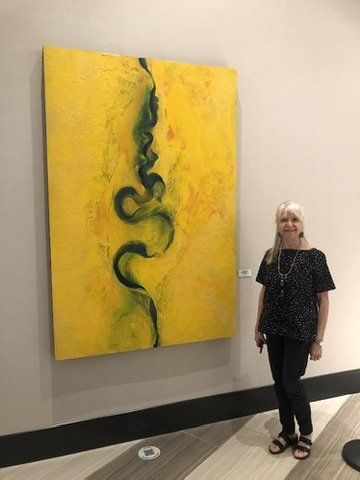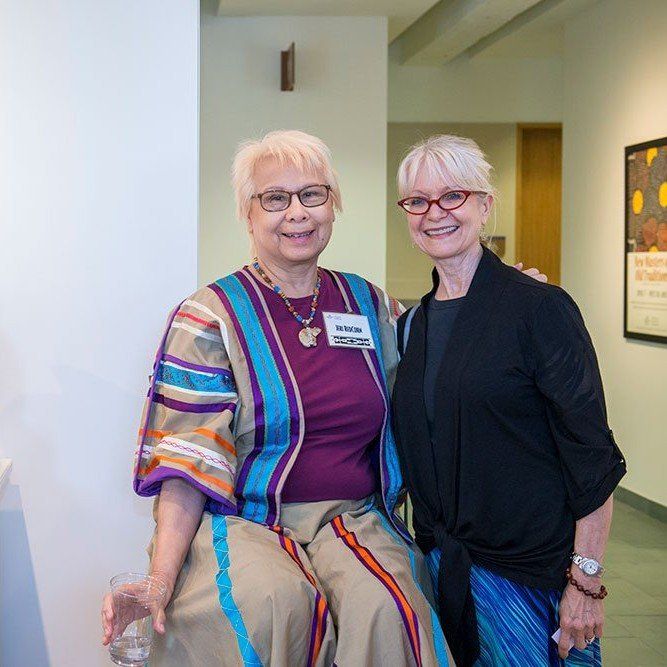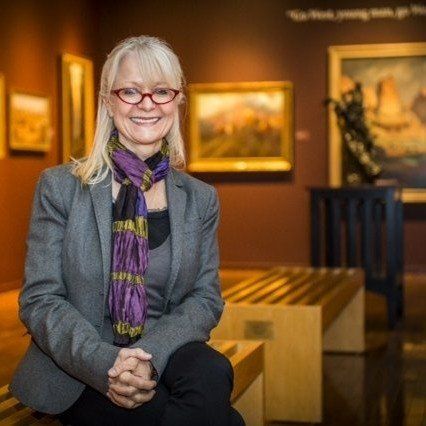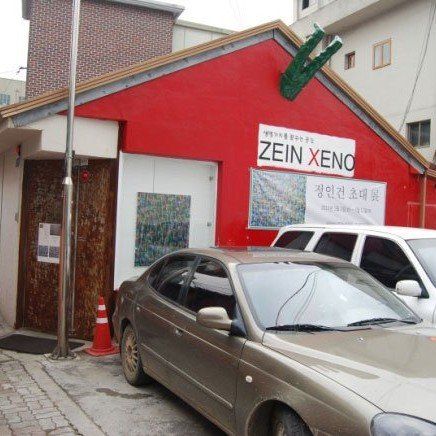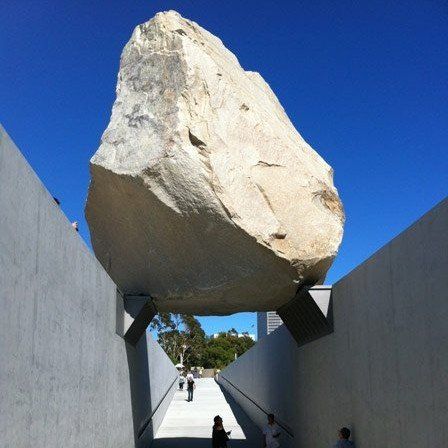
Diana Folsom: The Materials of the Universe - Connecting Earth and Sky

Modern science, metaphysics and ancient ideas of guiding forces in the universe inspire Diana Folsom’s painting. She is drawn by materials—the unifying elements that compose stars, planets, and human beings—and by their universal processes, linking these various elements through both the media and the subject matter of her art.
In her “StarFlower” series Ms. Folsom paints images of stars—gastric cataclysms of new stars forming or old stars dying—which in deep space take on forms reminiscent of flowers as they explode or implode, emitting gaseous petals of interstellar dust. Here, Ms. Folsom draws parallels between the cosmic and the terrestrial. In a companion series, “DirtVortex”, Ms. Folsom employs soil of significant origin. On top of the soil she drizzles various tones of resin-bound pigment that complement the original color of the soil, in spiraling lines that draw one’s eye to the painting’s core. William Bryant Logan, in Dirt says, “All that is living burns.” Life forms burn carbon for energy, plants absorb heat through photosynthesis, and stars generate heat that creates life-giving light. Whether in a field of clover or a field of space, flowers and stars punctuate their surroundings with brilliant, saturated color and light, sharing also their life cycles of growth, blossoming, withering and death, then recombining to create new life. These deep connections form the impetus for Ms. Folsom’s painting.
Ms. Folsom paints with materials of special meaning, selecting soils from places of family, cultural or historical significance or personal memory, to mix into her layered pigments and resins. Working with brushes, steering the pigments as they flow across the painting surface, and sometimes terraforming with her hands, Folsom layers and manipulates the materials to express the idea of natural process. Her technique and imagery place Ms. Folsom within the genre of California Flow Painting, as defined by Peter Frank. Again, William Bryant Logan in Dirt states, this “is not a world of isolate things, but of processes in concert.” From this inspiration, Ms. Folsom begins her work.



